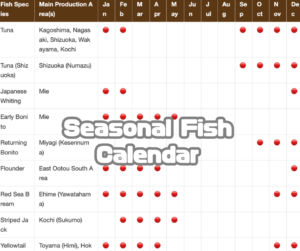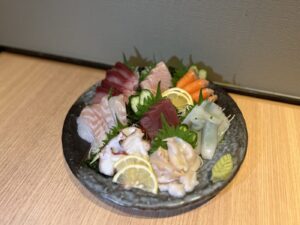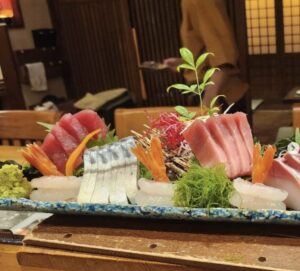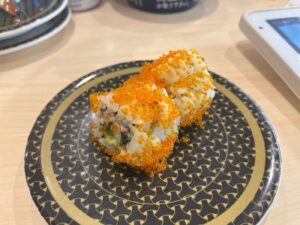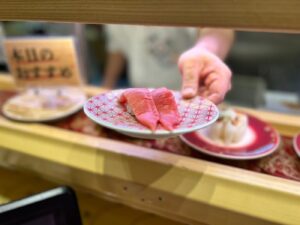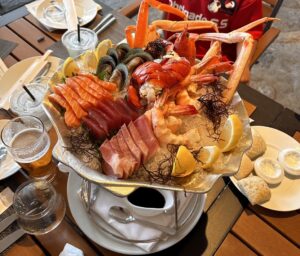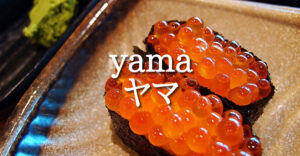What is sushi Hikarimono?
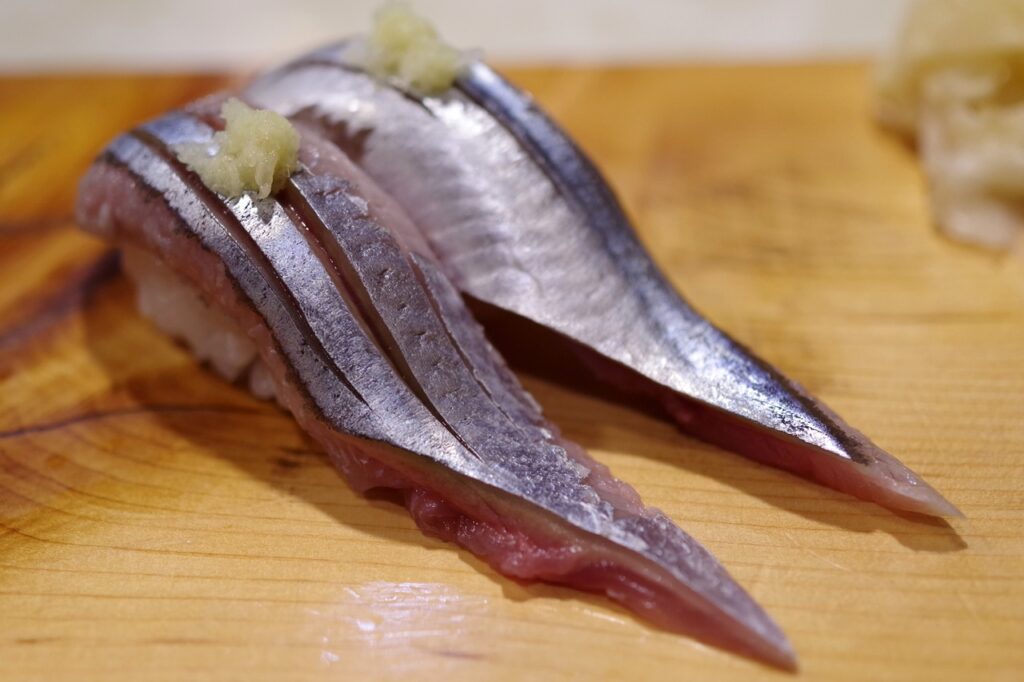
There is a fish called “Hikarimono” that is used for sushi. This time I will explain about the Hikarimono.
Hikarimono means the fish with shiny skin
Hikarimono is a name unique to the sushi industry, and is derived from the Japanese word “Hikari”, which means shining. As the name suggests, it refers to fish with shiny skin. There are many different types of fish in Hikarimono, and the most representative ones include yellowfin, mackerel, horse mackerel, saury, sardines, kisses, and halfbeaks.
Hikarimono is unique in that the meat is seasoned with vinegar and salt before being squeezed, allowing you to enjoy a texture, aroma, and taste that is different from that of raw meat. Adding vinegar and salt to enhance the taste is the essence of Edomae sushi, which has been around since the Edo period.
So, why does the skin of Hikarimono fish shine? The skin of Hikarimono fish shines because of a component called guanine, which exists in the form of small crystal plates in pigment cells attached to the scales. Although it is not a pigment, guanine crystal plates reflect light, making shiny objects appear shiny. Hikarimono, named after the sushi toppings that shine, is a stylish expression typical of Edomae sushi.
By the way, Hikarimono is often confused with “Aozakana (Aomono)”, but aozakana is a term used in the fishing industry and market to refer to a shiny, bluish fish. Aozakana is simply a classification based on appearance, and is a practical term that differs from fisheries academic definitions such as red-fleshed fish and white-fleshed fish. Even though it refers to the same shiny fish, it is a different name from Hikarimono, which is unique to the sushi industry.
How to eat Hikarimono
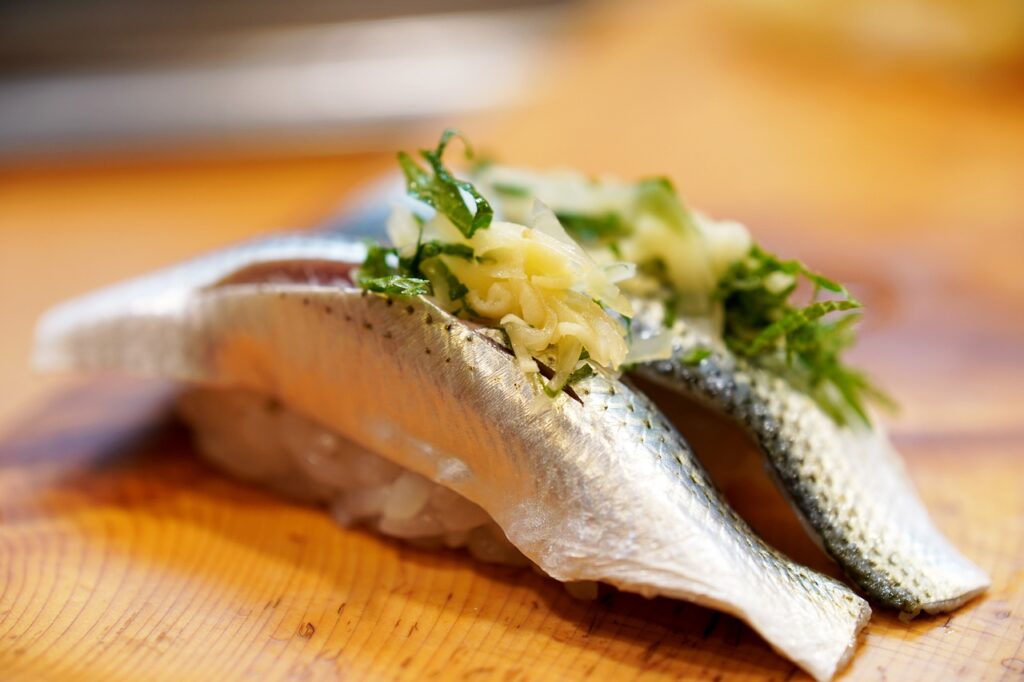
Hikarimono fish tends to lose its freshness, so in the Edo period, sushi ingredients were not put on top raw, but were made with extra care. Just like in modern times, light fish such as yellowfin tuna were often seasoned with vinegar, while some fish, such as kisu or halfbeak, were seasoned with kelp.
“Sujime” is a cooking method in which the fish is gutted and opened, sprinkled with salt, left to stand for a while, and then marinated in vinegar. If the fish is pickled in vinegar for too long, the fish will fall apart and the color and shine of the skin will be lost. And if too much moisture is removed, the fish will become dry, so delicate techniques are required.
It is said that the skill of the craftsman can be seen in hikarimono’s sushi, as the subtle adjustment of vinegar and salt requires discernment and skill.
“Konbujime” is a fish that has been gutted and opened, sprinkled with salt, left to stand for several minutes, and then sandwiched between two pieces of kelp. Wrapping the fish in kelp absorbs excess moisture and makes it last longer. Using vinegar and konbu to sushi is not only to maintain freshness and bring out the flavor of the toppings, but also has a cultural aspect of passing down the techniques of Edomae sushi.


